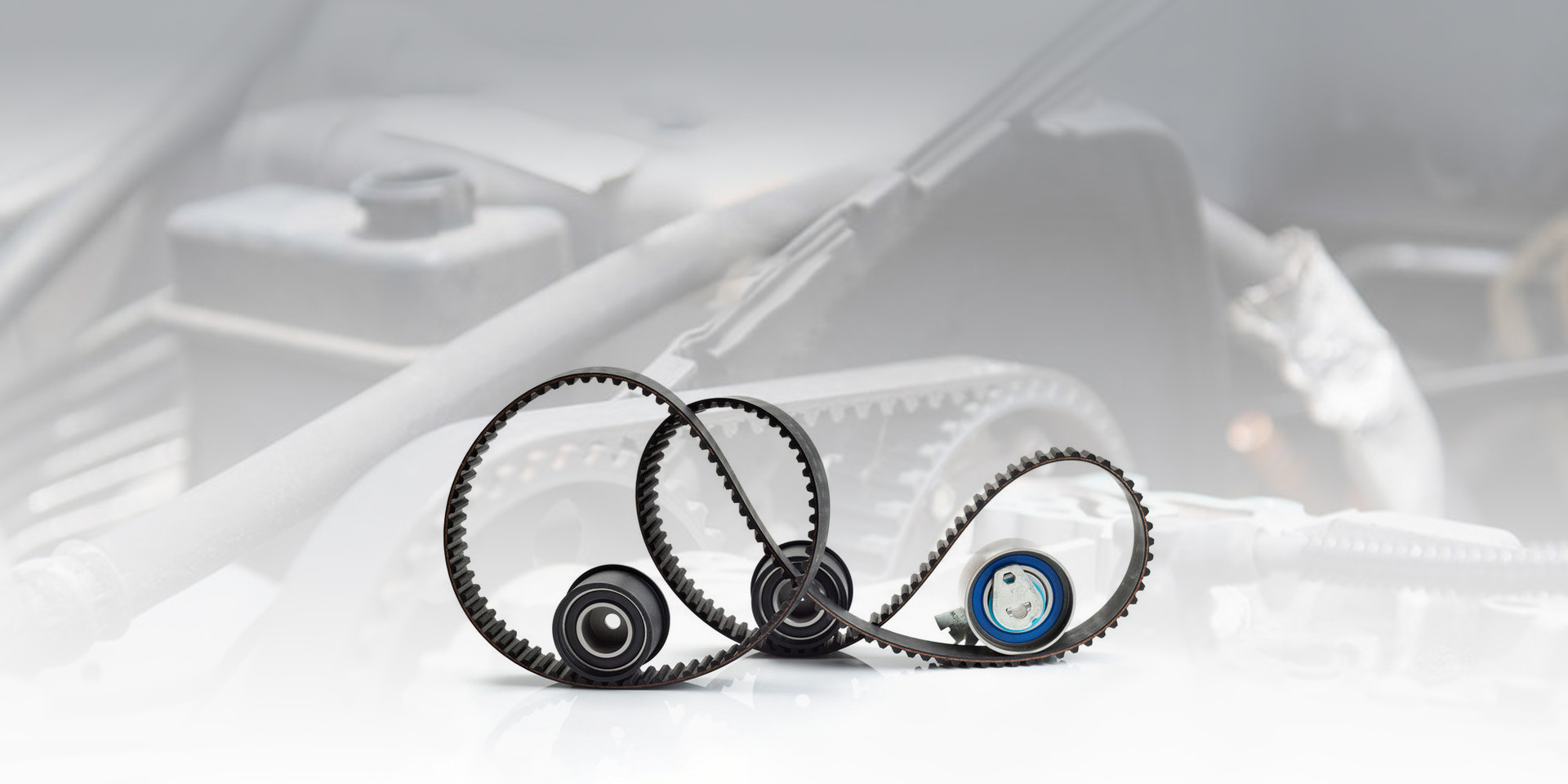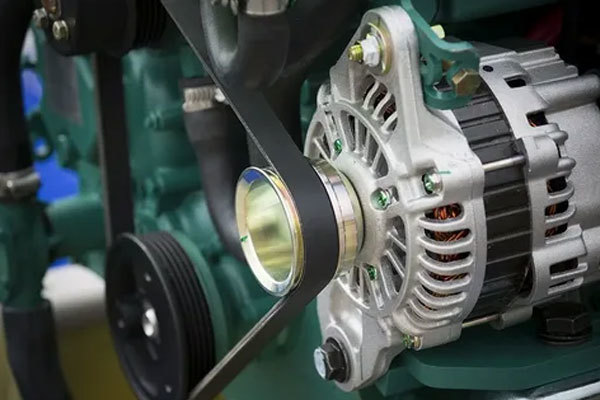Analysis of Automotive Transmission System Structure
Release time:
22 Feb,2023
The automotive transmission system is a critical component in a vehicle that transfers power from the engine to the wheels, allowing the vehicle to move. It consists of various parts that work together to control the speed and direction of the vehicle.

The automotive transmission system is a critical component in a vehicle that transfers power from the engine to the wheels, allowing the vehicle to move. It consists of various parts that work together to control the speed and direction of the vehicle.
The main components of an automotive transmission system include the transmission case, gears, shafts, clutches, and hydraulic systems. The transmission case is the outer housing that houses all the internal components of the transmission. Inside the transmission case are gears, which are responsible for changing the speed and torque of the vehicle. These gears are mounted on shafts that rotate and transfer power from the engine to the wheels.
The transmission system also includes clutches, which are used to engage and disengage gears. There are two types of clutches in a transmission system: manual and automatic. Manual clutches require the driver to manually shift gears using a clutch pedal, while automatic clutches use a hydraulic system to automatically shift gears without driver input.
The hydraulic system in a transmission system controls the operation of the clutches and shifts gears. It consists of a hydraulic pump, valves, and fluid that help to control the pressure and flow of fluid within the system. The hydraulic system is essential for smooth and efficient gear changes in an automatic transmission.
The structure of an automotive transmission system can vary depending on the type of transmission (manual or automatic) and the number of gears (typically between 4 to 10 gears). In a manual transmission system, the driver manually shifts gears using a gear lever and clutch pedal, while in an automatic transmission system, the transmission control unit (TCU) automatically selects the optimal gear based on driving conditions.
Overall, the structure of an automotive transmission system is complex and requires precise engineering to ensure smooth and efficient operation. Regular maintenance and servicing of the transmission system are essential to ensure longevity and performance of the vehicle. A well-maintained transmission system can improve fuel efficiency, power delivery, and overall driving experience.
Previous article
Related Posts
Automotive multi wedge belt precautions for use
08 Aug,2024
What are the characteristics of agricultural machinery V-belts?
22 Feb,2023
How to maintain the V-belt of agricultural machinery?
22 Feb,2023





